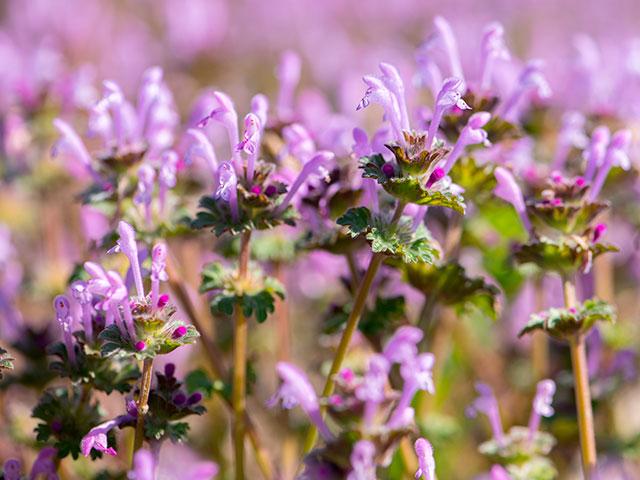Control Weeds Now to Conserve Moisture
Soil Moisture Deficits Require Earlier Action on Winter Weeds, Cover Crops
JEFFERSON CITY, Mo. (DTN) -- After an unusually warm, dry winter, cover crops and winter weeds are off to the races in many regions where soil moisture is lacking. To conserve what moisture is available for cash crops, Extension agronomists recommend both earlier termination of cover crops and timely control of weeds.
According to DTN Ag Meteorologist John Baranick, both topsoil and subsoil moisture levels are a concern in many states, especially across Iowa, Minnesota and northern Nebraska, along with the Ohio River Valley and Delta regions. University of Missouri (MU) Extension Climatologist Zachary Leasor added that despite gains in December and January, soil moisture sits below average for most of his state.
"Compared to last year, soils are much drier this spring, and this leaves us vulnerable to rapid agricultural drought impacts if we don't see above-normal precipitation over the next month," Leasor said.
To conserve soil moisture, MU Extension Agricultural Engineer Charles Ellis said to consider early termination of cover crops. Warmer temperatures have caused cereal rye and other cover crops to break dormancy earlier than usual. This new growth will pull water from the soil.
"During early April, a cover crop like cereal rye can use up to 0.8 inches of water per week," he said.
P[L1] D[0x0] M[300x250] OOP[F] ADUNIT[] T[]
Residue from terminated cover crops can preserve moisture, insulating the soil and reducing evaporation. It also reduces crusting by preventing rainwater from hitting the soil as hard, allowing the water to gently move to the soil. For more information on herbicide programs to terminate cover crops, Ellis recommends the MU Extension publication found here: https://extension.missouri.edu/….
Winter weeds can also steal moisture from the soil, so controlling them sooner rather than later is crucial. Iowa State University Extension Field Agronomist Meaghan Anderson wrote that the primary concern is temperatures have been warm enough for weed species to resume growth this spring but too cool overall to achieve effective, consistent control with herbicides. Herbicide applications for winter annual and biennial control should be targeted before bolting, or stem elongation, and flowering. Control of winter annual and biennial weeds with herbicides becomes less consistent as they bolt and flower.
"The optimum timing of herbicide application will vary by weed species and field conditions, so site-specific scouting and knowledge of the infestation is important to make appropriate decisions," she wrote. "For example, winter annuals like henbit, common chickweed and field pennycress generally flower earlier than winter annual horseweed and biennials like musk thistle and wild parsnip."
Anderson noted that effective burndown treatments should follow herbicide label suggestions for carrier type and volume, nozzle type and weather considerations.
"Treatments made on sunny days with warm daytime and nighttime temperatures greater than 40 degrees (Fahrenheit) will generally be more successful than applications made during cooler conditions," she added.
Anderson said that in row-crop fields, the inclusion of a herbicide with residual activity should keep fields weed-free and allow for a delay in the next herbicide application until after crop planting.
"Keep in mind that moving residual herbicide applications earlier will mean the next herbicide application will likely need an earlier application as well," she said. "While this burndown application may not be necessary in many fields, no-till fields with known winter annual weed issues are good targets for an early burndown herbicide application this spring."
According to Baranick, a clipper is moving through the Midwest on Friday with a burst of snow across the north and some rain for the south. The big story will be a major spring storm system that will have multiple effects this weekend through the middle of next week, including heavy snow, freezing rain, strong winds and severe storm potential.
"A couple of really big storm systems moving through over the next two weeks should bring some good moisture, as well as cold air to limit evaporation," Baranick said. "The more active pattern should help drought areas increase soil moisture ahead of spring planting."
Jason Jenkins can be reached at jason.jenkins@dtn.com
Follow him on X, formerly known as Twitter, @JasonJenkinsDTN
(c) Copyright 2024 DTN, LLC. All rights reserved.






